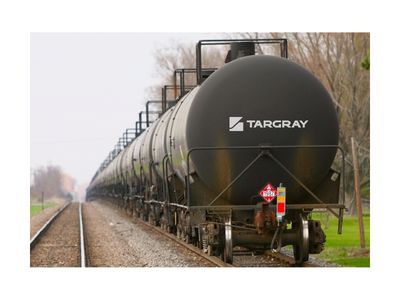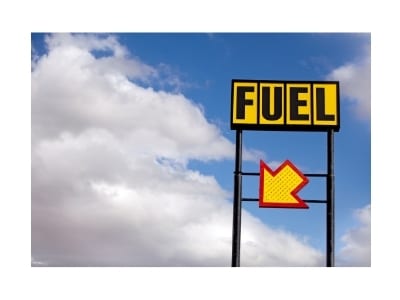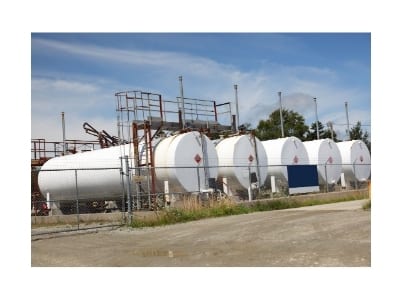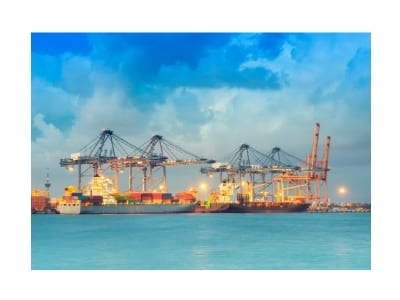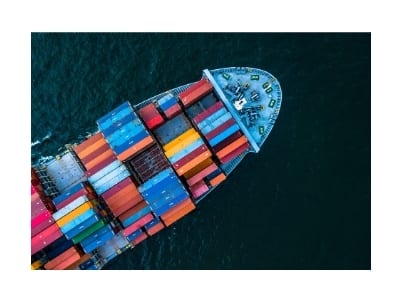Compliance Solutions for the Renewable Fuel Standard
Targray Biodiesel procurement programs are tailored to the needs of each customer to ensure that obligated parties are able to meet their blending requirements in an efficient and cost-effective manner. Our expertise surrounding compliance, hedging, taxation and logistics enables us to create valuable turnkey biodiesel solutions for our partners in markets throughout the U.S. and Europe. Supported by a company-operated rail fleet and a vast network of fuel terminals, we are the biodiesel supplier of choice for fuel industry participants seeking to achieve greater profitability while also helping create a more sustainable energy future.
About the Renewable Fuel Standard
 The Environmental Protection Agency (EPA) is responsible for implementing and overseeing regulations that ensure transportation fuels sold in the US contains a minimum volume of renewable fuel. This is currently accomplished through EISA act of 2007, more commonly known in the petroleum industry as the Renewable Fuel Standard or RFS2, which entered into law in 2010. The RFS2 dictates an increase to 36 billion gallons of renewable fuel by 2022. As such, the EPA must determine and publish in the Federal Register annual renewable fuel percentage based upon the previous year’s petroleum import and refining numbers for gas and diesel. The percentage is different for each of the four categories in RFS2 (renewable fuel, advanced biofuel, biomass-based diesel, and cellulosic biofuel).
The Environmental Protection Agency (EPA) is responsible for implementing and overseeing regulations that ensure transportation fuels sold in the US contains a minimum volume of renewable fuel. This is currently accomplished through EISA act of 2007, more commonly known in the petroleum industry as the Renewable Fuel Standard or RFS2, which entered into law in 2010. The RFS2 dictates an increase to 36 billion gallons of renewable fuel by 2022. As such, the EPA must determine and publish in the Federal Register annual renewable fuel percentage based upon the previous year’s petroleum import and refining numbers for gas and diesel. The percentage is different for each of the four categories in RFS2 (renewable fuel, advanced biofuel, biomass-based diesel, and cellulosic biofuel).
RFS-2 Obligated Parties
Obligated parties are defined as entities that refine or import gasoline or diesel fuel into the United States. Such parties must meet annually mandated volumes defined in the RFS2 to remain compliant with the Clean Air Act under federal law. Furthermore, they must demonstrate to the EPA that they have met their individual Renewable Volume Obligation (RVO) though the use of RINs (Renewable Identification Numbers). RFS2 obligated parties include thousands of small, mid-sized and large businesses in the United States, ranging from transport fleet operators to convenience store chains.
